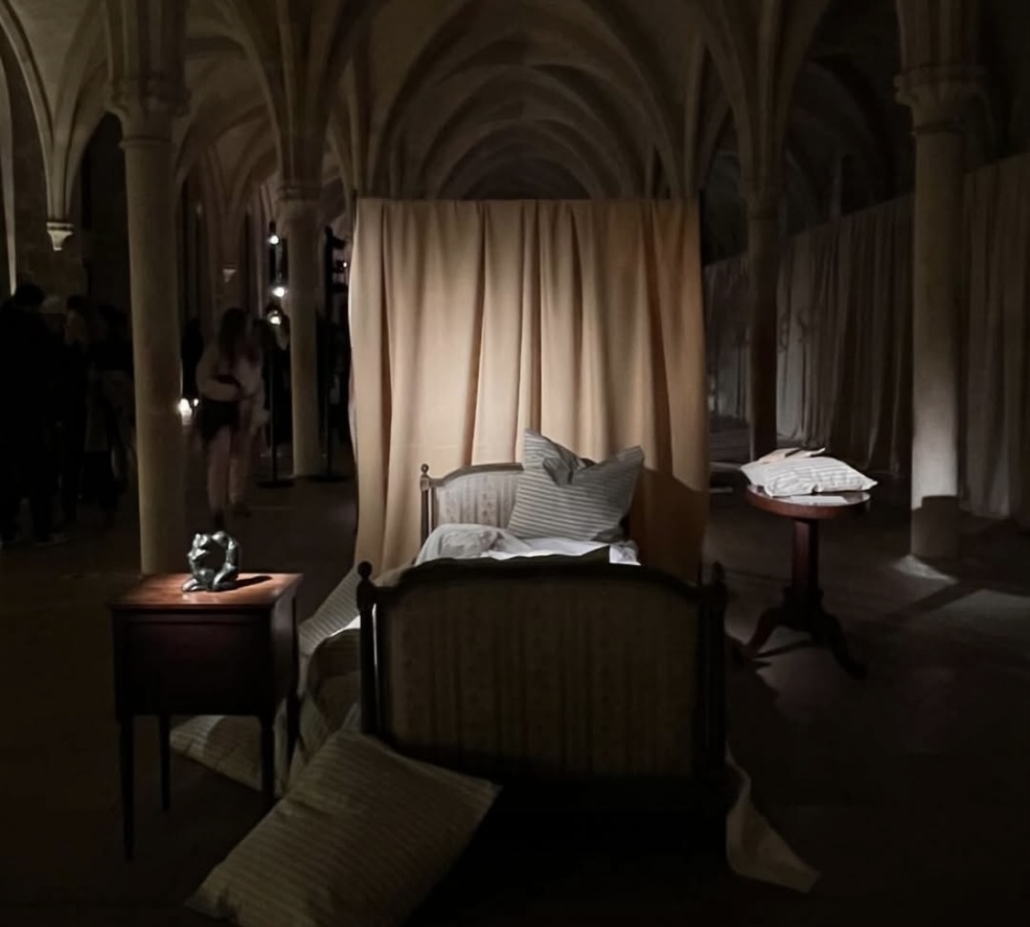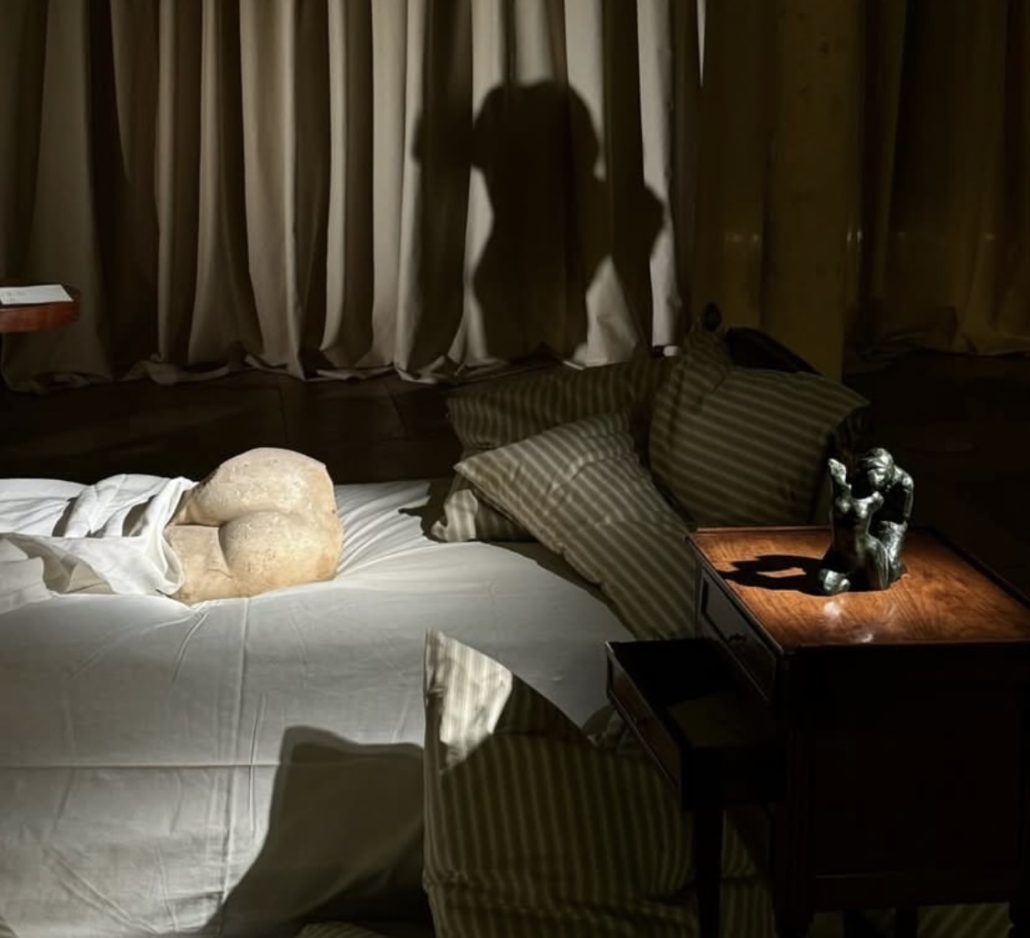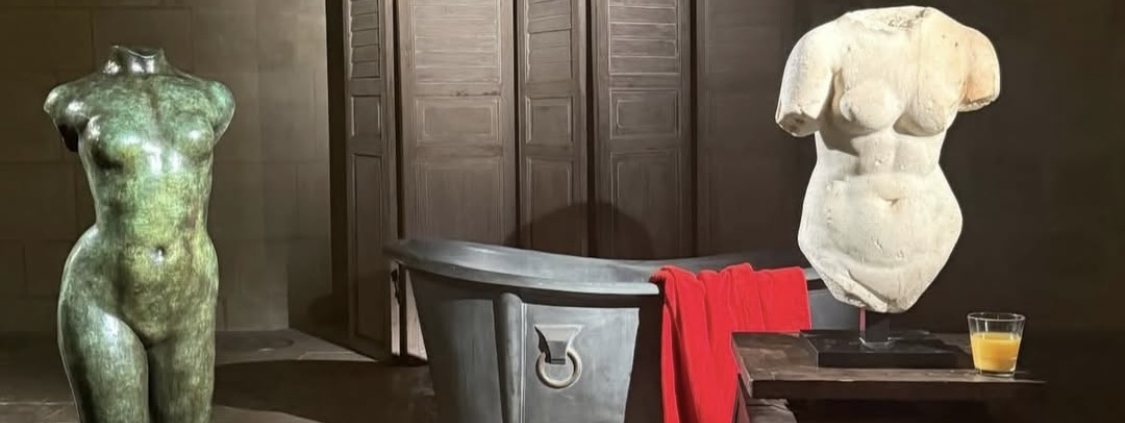Mythes
Simon Porte Jacquemus – Galerie Dina Vierny – Galerie Chenel
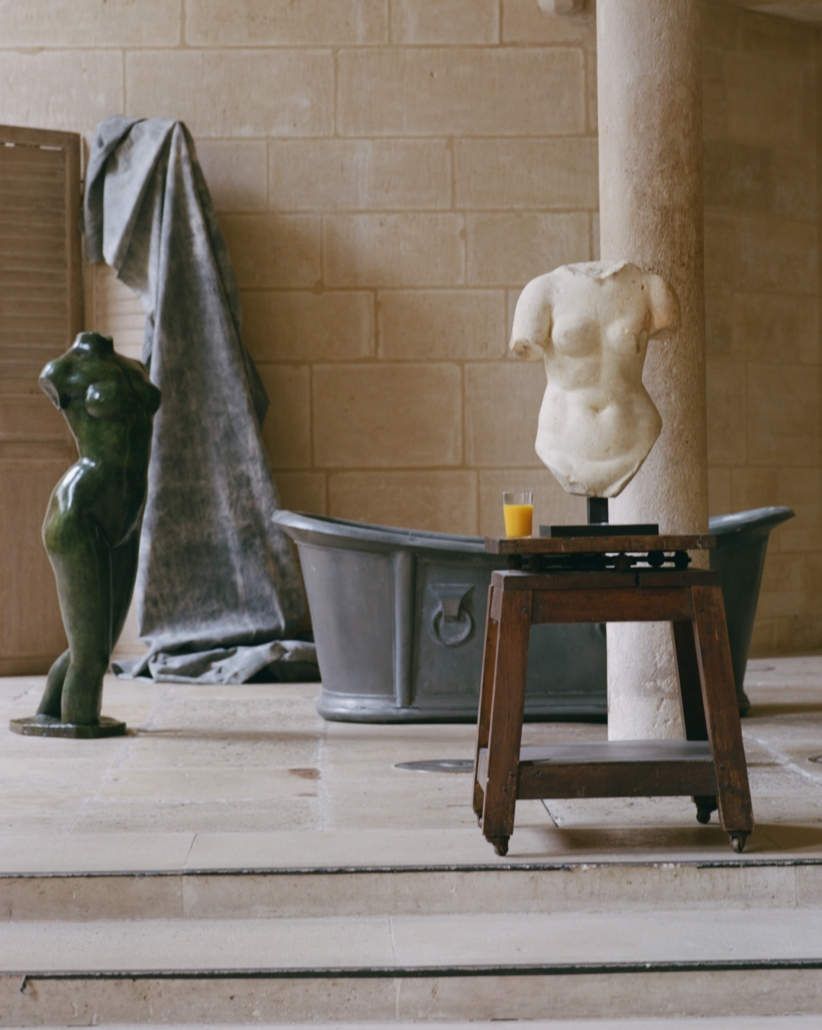
This first collaboration between Galerie Chenel, Galerie Dina Vierny, and Simon Porte Jacquemus as curator orchestrates a dialogue between the antique, the sculpted, and the everyday. The installation reveals a common resonance between line, volume, and human presence. It is a conversation across time: from the terracotta and marbles of Olympia that inspired Maillol, to his small-format bronzes, to the structured drapes of Jacquemus’s garments. In each lies both allegory and monument. The continuity is palpable: the antique nourishes Maillol, and Maillol, in turn, nourishes the work of Simon Porte Jacquemus.
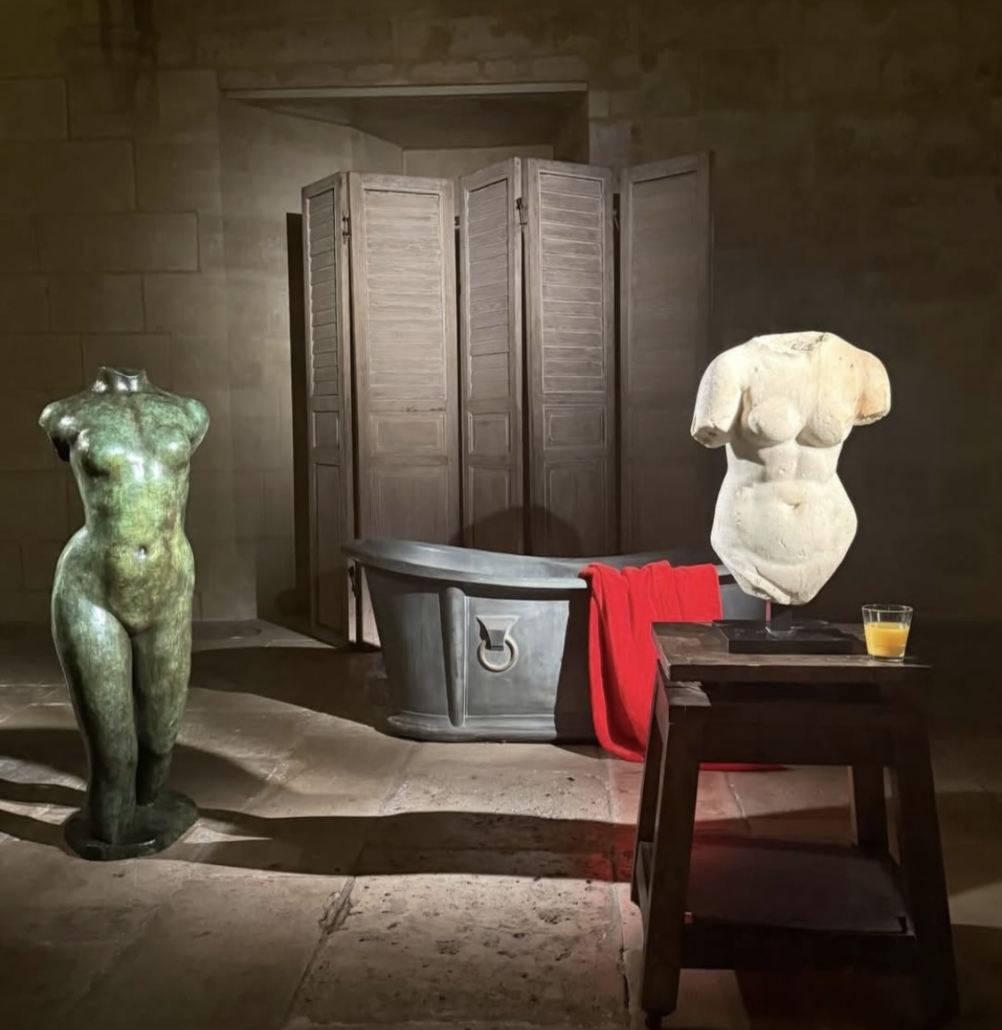
At the origin of everything lies ancient sculpture, that inexhaustible point of origin. These marbles offered succeeding generations a language of measurement. They are the discipline through which nature could be distilled into myth, and for Simon Porte Jacquemus, they are the geometry that supports the presence of a silhouette.
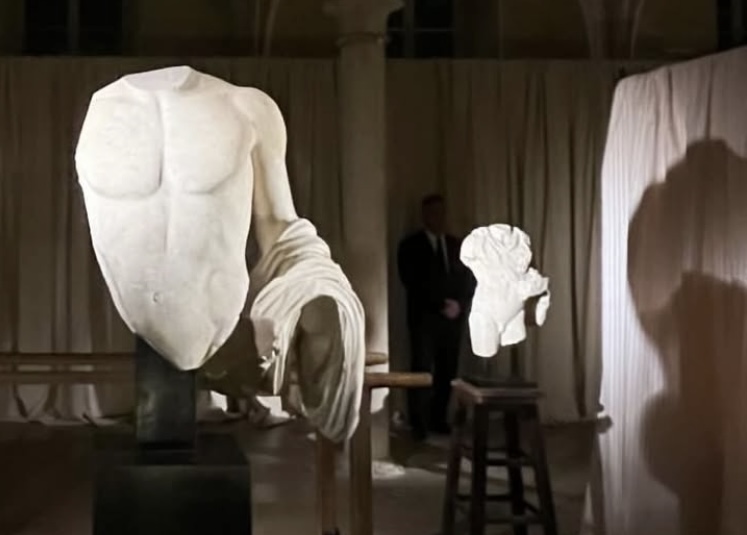
Aristide Maillol devoted his life to the quest for harmony, transforming nature into myth to reaffirm the poetry and vitality of earthly existence. A fervent admirer of the ancients, he drew on Egyptian art and archaic and classical Greek sculpture, while seeking to create from scratch. His nudes are reduced to the essentials: robust Mediterranean figures, short waists, erect breasts, and powerful hips, revealing a keen sense of proportion and stasis. A serene classicism, animated by a rustic vitality. Like Maillol, Simon Porte Jacquemus combines the virtue of the classical with the innocence of the primitive.
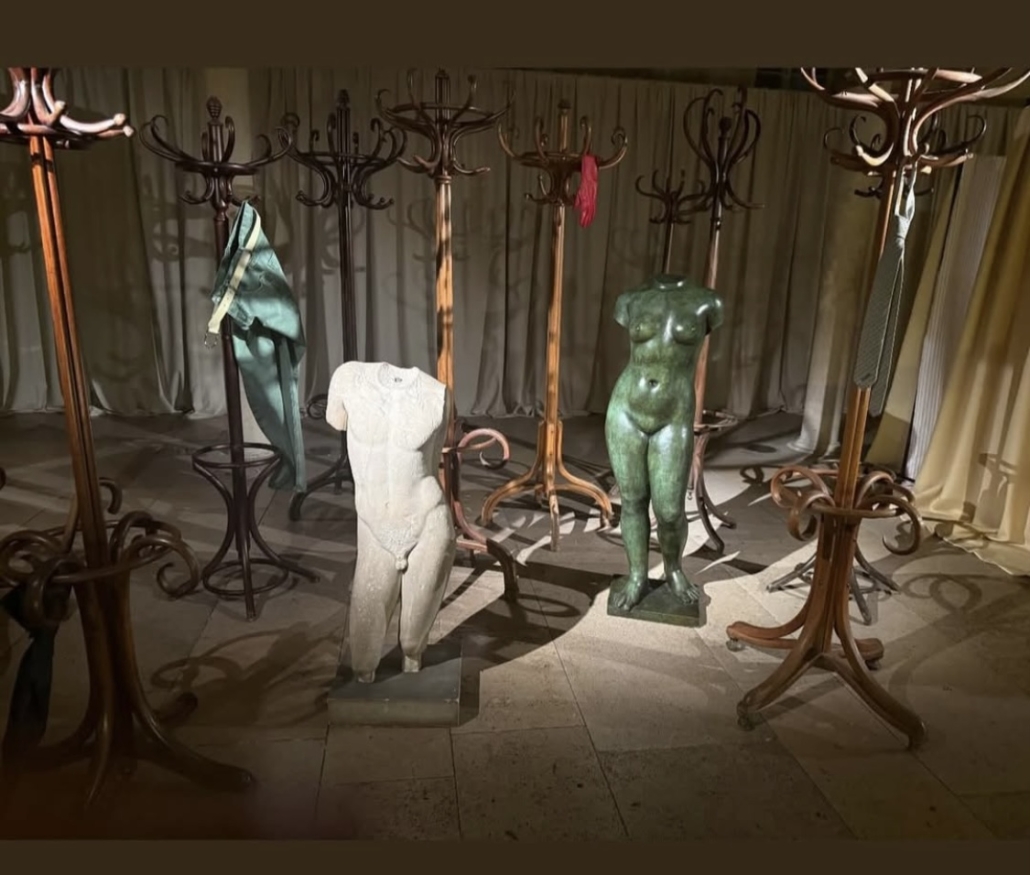
Both find in antiquity not nostalgia but a structure for invention, a foundation on which to build their own mythologies. Ancient sculptures gave Maillol a discipline, a way to reduce the human figure to its most primordial proportions. In Simon Porte Jacquemus, the echo is more subtle but no less insistent: his clothing borrows the economy of these same lines, showing that simplicity, when precisely measured, can embody all elegance, just as Polykleitos’ canon had once inscribed in stone.
This sensitivity to proportions, to the harmony between human presence and elemental form, finds renewed expression in Simon Porte Jacquemus. His clothing is also sculptural, even architectural, articulated and draped with the same attention that the masters of Antiquity and Maillol paid to the human body. “The peasant,” a figure of the countryside, reappears in both: in the fashion of Simon Porte Jacquemus, through clothes of deceptive simplicity; and in Maillol’s studio with the physical type he sought to immortalize. It is in the scenography of the exhibition, conceived as a series of scenes evocative of the poetry of daily life, that these affinities are deployed, giving the harmony of figures and gestures a living, almost cinematic intimacy.
